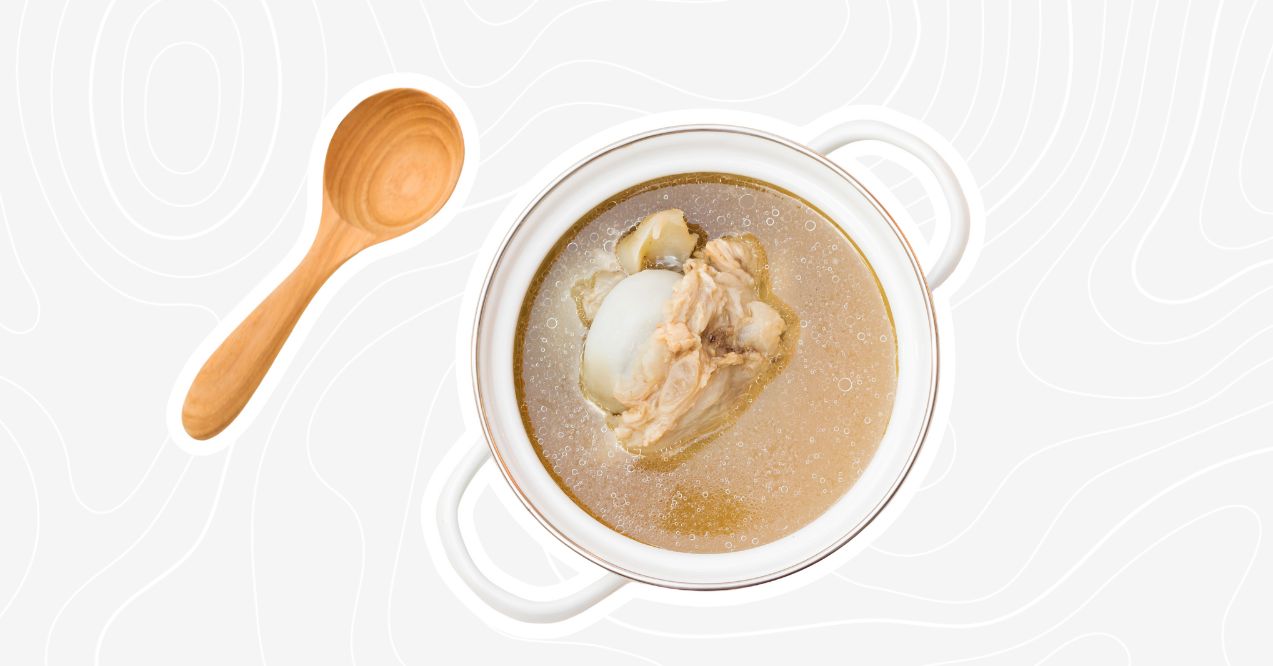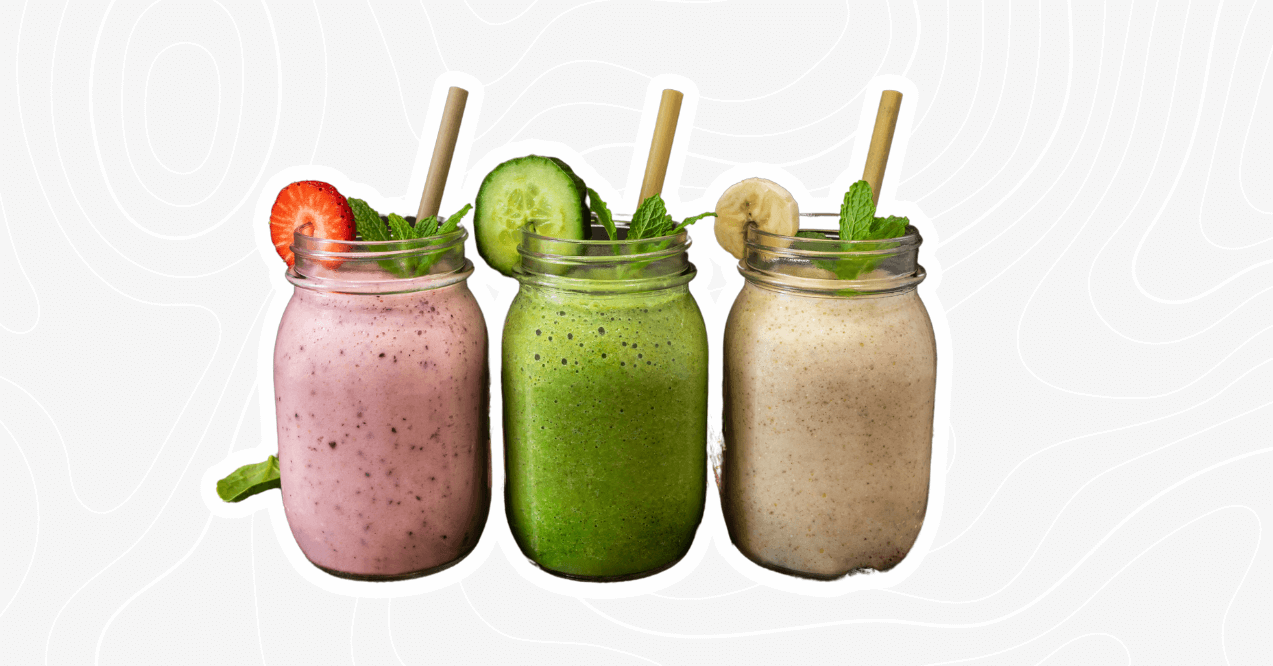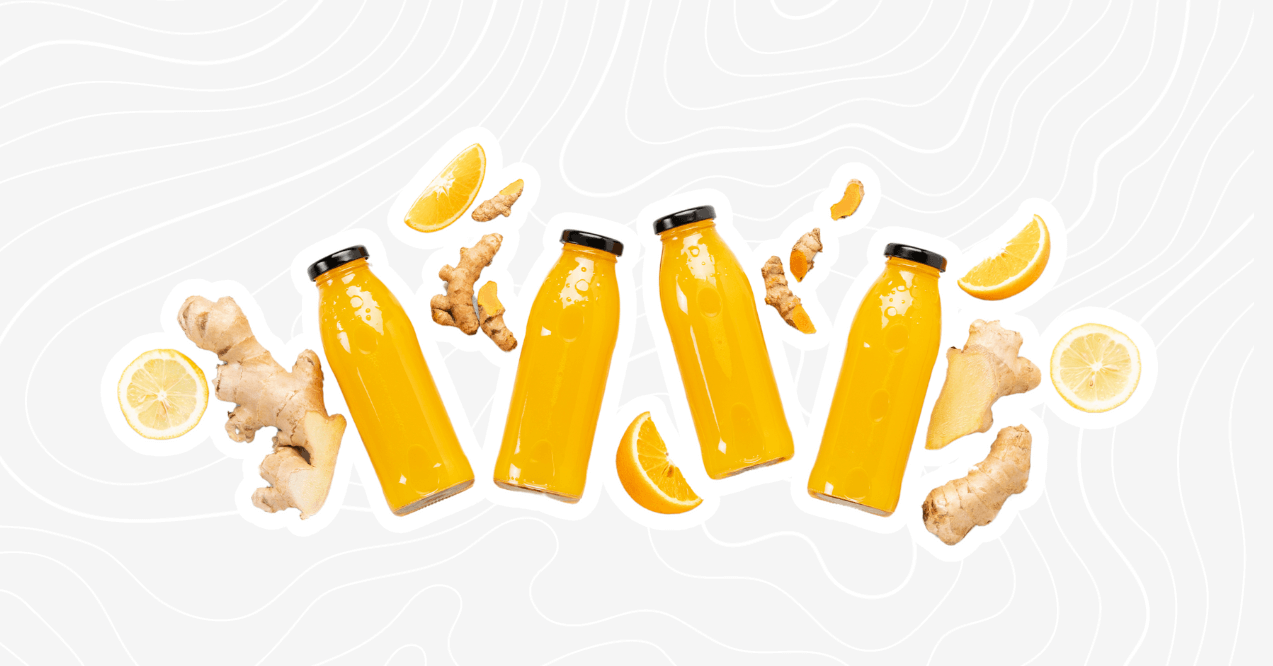12 Easy Recipes Using Coffee as a Secret Ingredient
Coffee isn’t just for your morning cup – it’s a versatile ingredient that can elevate everything from desserts to drinks. Its rich, bold flavor adds depth and complexity to sweet treats and beverages alike. But did you know that mushroom coffee is becoming a popular twist on the classic brew? As you explore new ways to use coffee, you might also wonder about the pros and cons of mushroom coffee or ask, do adaptogenic mushrooms work?
If you’re looking for unique ways to enjoy coffee, incorporating it into a Smoothie Recipe for Muscle Recovery can be a great way to combine its energizing benefits with essential nutrients for post-workout support.
From learning how to make mushroom powder to considering potential mushroom coffee side effects, there’s a lot to discover. Whether in cakes, cookies, or smoothies, coffee (and its unique variations) brings a surprising twist to a variety of recipes. Let’s dive in and see how coffee can transform your favorite dishes!
Key Article Findings:
Coffee-Inspired Desserts
Coffee adds a rich, aromatic depth to desserts, making it the perfect ingredient for elevating your favorite sweet treats. From cakes to cookies, these coffee-infused delights are sure to satisfy your cravings with a delicious caffeine kick. For example, are you wondering what does mushroom coffee taste like? Let’s dive into some irresistible coffee-inspired desserts!
Mushroom Coffee Cupcakes

Ingredients
For the Cupcake Batter
- 150 g (5.3 oz) all-purpose flour
- 1 teaspoon baking powder
- 1/2 teaspoon ground cinnamon
- 1/4 teaspoon salt
- 100 g (3.5 oz) granulated sugar
- 2 large eggs
- 100 ml (3.4 oz) vegetable oil
- 1 teaspoon vanilla extract
- 1 tablespoon of mushroom coffee dissolved in 1 tablespoon hot water
For the Streusel Topping
- 50 g (1.8 oz) all-purpose flour
- 50 g (1.8 oz) brown sugar
- 1/2 teaspoon ground cinnamon
- 30 g (1 oz) unsalted butter, cold and cubed
- 50 g (1.8 oz) chopped pecans
Directions
- Preheat your oven to 180°C (350°F). Line a muffin tin with cupcake liners.
- In a bowl, whisk together flour, baking powder, cinnamon, and salt.
- In another bowl, beat together the sugar and eggs until light and fluffy. Gradually mix in the oil and vanilla.
- Stir in the dissolved coffee.
- Gradually mix the dry ingredients into the wet until just combined.
- Fill the cupcake liners two-thirds full with the batter.
- For the streusel, combine flour, brown sugar, and cinnamon. Cut in the butter until the mixture resembles coarse crumbs. Stir in the chopped pecans.
- Sprinkle the streusel topping over the batter in the liners.
- Bake for 18-20 minutes or until a toothpick inserted into the center comes out clean.
- Let the cupcakes cool before serving.

Blueberry Coffee Cake
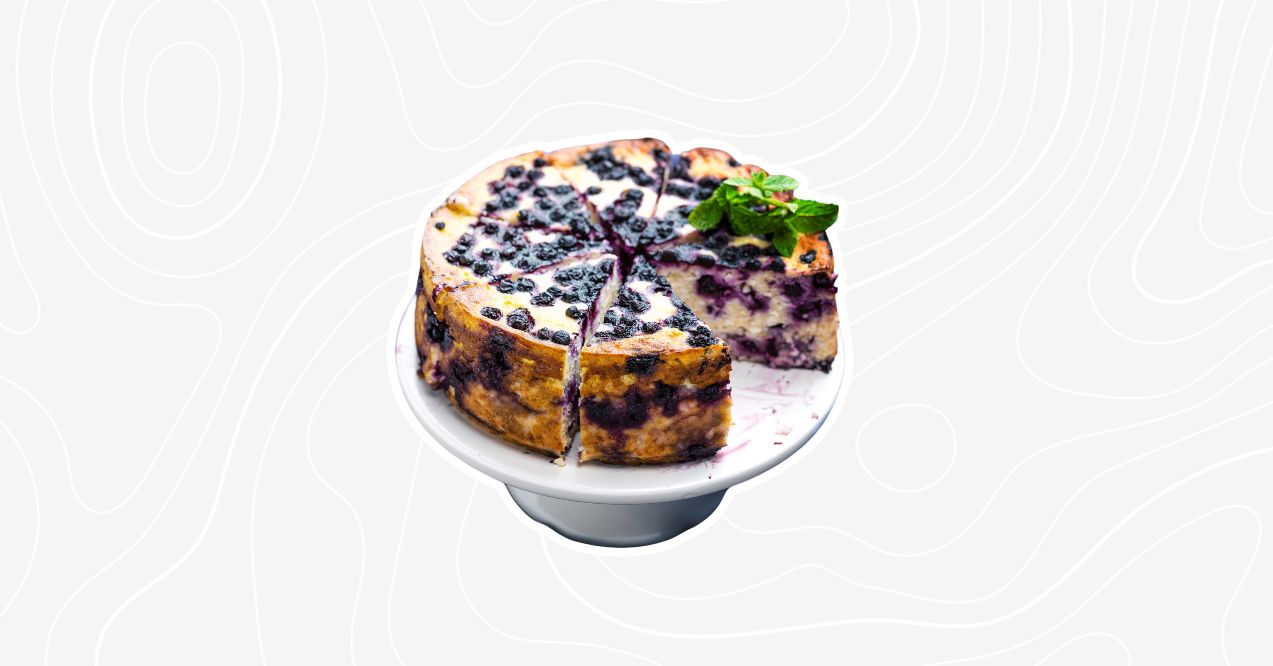
Ingredients
For the Crust
- 200 g (7 oz) all-purpose flour
- 100 g (3.5 oz) unsalted butter, cold and cubed
- 50 g (1.8 oz) sugar
- A pinch of salt
- 1-2 tablespoons of ice water
For the Filling
- 300 g (10.6 oz) fresh blueberries
- A pack of coffee of your preference or mushroom coffee
- 200 g (7 oz) sour cream
- 100 g (3.5 oz) granulated sugar
- 2 large eggs
- 1 teaspoon vanilla extract
- 2 tablespoons all-purpose flour
Directions
- Preheat your oven to 175°C (350°F).
- Begin with the crust: In a food processor, combine flour, sugar, and salt.
- Add the butter and pulse until the mixture resembles coarse crumbs.
- Add ice water, 1 tablespoon at a time, and pulse until the dough just comes together.
- Press the dough into the bottom and up the sides of a 23 cm (9-inch) tart pan with a removable bottom.
- Chill in the refrigerator for 30 minutes.
- Blind bake the crust: Cover the crust with baking paper, fill with pie weights or dried beans, and bake for 20 minutes.
- Remove the weights and paper, then bake for another 10 minutes until lightly golden.
- For the filling: In a mixing bowl, whisk together the sour cream, sugar, eggs, coffee, vanilla extract, and flour until smooth. Pour the sour cream mixture in the crust.
- Scatter the blueberries on top.
- Bake for about 45-50 minutes, or until the filling is set and the top is lightly golden.
- Allow to cool in the pan on a wire rack before serving.
Coffee Buns
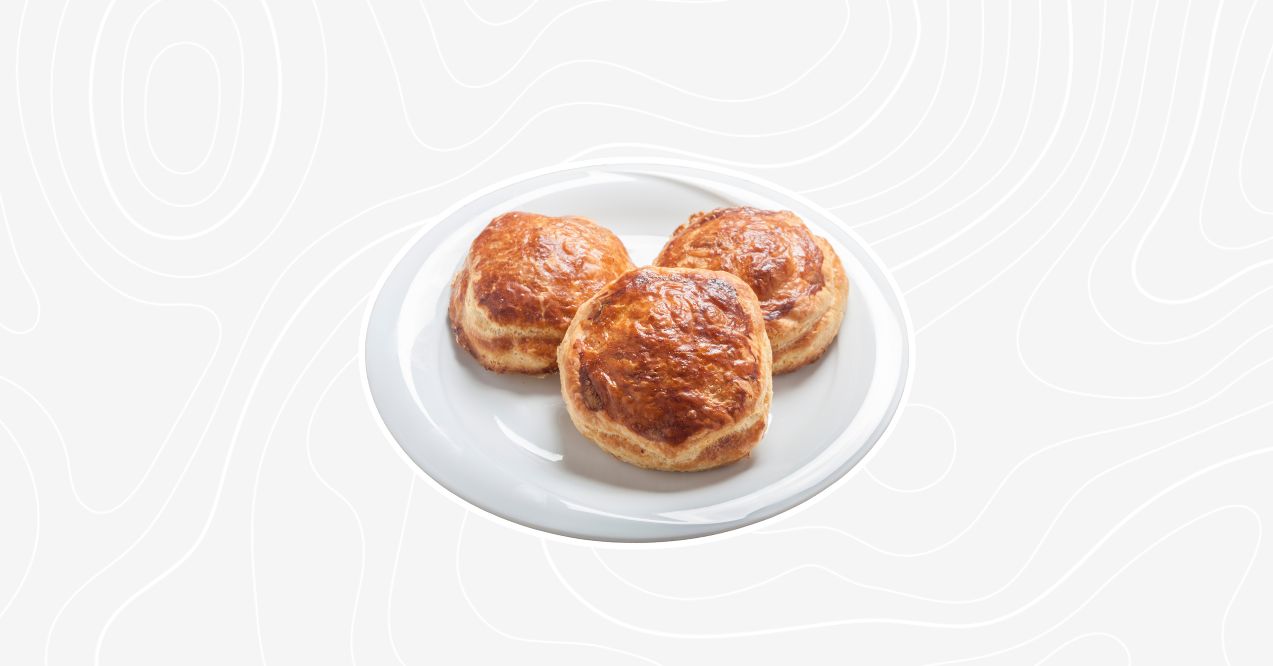
Ingredients
- 500 g (17.6 oz) all-purpose flour
- 7 g (0.25 oz) instant yeast
- 50 g (1.8 oz) granulated sugar
- 5 g (0.18 oz) salt
- 250 ml (8.5 oz) warm milk
- 1 large egg
- 60 g (2.1 oz) unsalted butter, softened
For the Coffee Cream Filling
- 200 ml (6.8 oz) heavy cream
- 2 tablespoons powdered sugar
- 1 tablespoon coffee of your preference or mushroom coffee
Directions
- In a large bowl, combine the flour, yeast, sugar, and salt.
- Add the warm milk and egg to the dry ingredients and mix to form a dough.
- Knead the dough on a floured surface until smooth, then incorporate the softened butter until fully combined.
- Place the dough in a greased bowl, cover with a cloth, and let it rise in a warm place for 1 hour or until doubled in size.
- Preheat your oven to 180°C (350°F). Punch down the dough and divide it into 12 equal parts.
- Shape each part into a ball and place on a baking sheet lined with parchment paper. Cover and let rise for another 30 minutes.
- Bake the buns for 15-20 minutes or until golden brown.
- Remove from the oven and let them cool.
- For the coffee cream, dissolve the instant coffee in a tablespoon of hot water. Whip the heavy cream with powdered sugar until stiff peaks form, then fold in the coffee.
- Cut a slit in each bun and pipe in the coffee cream filling.
Cherry Coffee Cake

Ingredients
For the Cake
- 175 g (6.2 oz) all-purpose flour
- 30 g (1 oz) unsweetened cocoa powder
- 1 teaspoon baking powder
- 1/2 teaspoon baking soda
- 1/4 teaspoon salt
- 100 g (3.5 oz) granulated sugar
- 2 large eggs
- 100 ml (3.4 oz) vegetable oil
- 1 teaspoon vanilla extract
- 100 g (3.5 oz) sour cream
- 100 ml (3.4 oz) strong brewed coffee or mushroom coffee, cooled
- 100 g (3.5 oz) chopped fresh cherries
For the Chocolate Ganache
- 100 g (3.5 oz) dark chocolate, chopped
- 100 ml (3.4 oz) heavy cream
Directions
- Preheat the oven to 180°C (350°F). Grease and flour a 22 cm (9-inch) round cake pan.
- In a bowl, sift together flour, cocoa powder, baking powder, baking soda, and salt.
- In a separate bowl, beat the sugar and eggs until light and fluffy. Gradually beat in the oil and vanilla extract.
- Mix in the sour cream and coffee.
- Fold in the dry ingredients until just combined, then gently stir in the chopped cherries.
- Pour the batter into the prepared cake pan and bake for 25-30 minutes or until a toothpick inserted into the center comes out clean.
- Allow the cake to cool in the pan for 10 minutes, then transfer to a wire rack to cool completely.
- For the ganache, heat the cream until it just begins to simmer. Pour over the chopped chocolate and let stand for 1 minute. Stir until smooth.
- Pour the ganache over the cooled cake and top with fresh cherries for decoration.
Coffee-Infused Drinks
Coffee isn’t just for sipping hot – it’s a versatile ingredient that can transform ordinary drinks into something special. From iced delights to creamy indulgences, these coffee-infused beverages offer a refreshing and flavorful twist for any time of day.
Caramel Iced Mushroom Coffee

Ingredients
- 240 ml (8 oz) brewed mushroom coffee, cooled
- 2 tablespoons (30 ml) caramel syrup, plus extra for drizzling
- 120 ml (4 oz) milk or a dairy-free alternative
- Ice cubes
- Whipped cream for topping (optional)
Directions
- Brew your coffee and let it cool.
- In a tall glass, drizzle caramel syrup around the inside for a decorative effect.
- Fill the glass with ice cubes to about halfway.
- Pour the milk over the ice.
- Slowly add the cooled mushroom coffee, creating a layered effect.
- Top with whipped cream and an extra drizzle of caramel syrup, if desired.
- Serve with a straw and enjoy!
Vanilla Iced Coffee
Ingredients
- 240 ml (8 oz) brewed coffee or mushroom coffee, cooled
- 1 teaspoon (5 ml) vanilla extract
- Ice cubes
- 1 scoop (about 50 g / 1.8 oz) vanilla ice cream
- Fresh mint leaves for garnish (optional)
Directions
- Brew your coffee and allow it to cool. You may also use cold brew coffee for a smoother taste.
- Stir the vanilla extract into the cooled coffee.
- Gently place a scoop of vanilla ice cream on top of the coffee.
- Garnish with fresh mint leaves if desired.
- Serve immediately with a straw and enjoy the fusion of flavors.
Turmeric Mushroom Coffee

Ingredients
- 40 ml (1.35 oz) freshly brewed mushroom coffee
- 120 ml (4 oz) milk or a non-dairy alternative
- 1 teaspoon (5 g) turmeric powder
- 1/2 teaspoon (2 g) ground cinnamon
- 1/4 teaspoon (1 g) ground ginger
- A pinch of black pepper (to enhance turmeric absorption)
- 1 teaspoon (5 ml) honey or maple syrup (optional, for sweetness)
Directions
- Brew your coffee as usual.
- In a small saucepan, gently heat the milk with the turmeric, cinnamon, ginger, and black pepper. Whisk continuously until the mixture is hot but not boiling.
- Stir in the mushroom powder until fully dissolved.
- Combine the spiced milk mixture with the hot coffee.
- Sweeten with honey or maple syrup if desired.
- Pour into a cup and sprinkle a little extra cinnamon on top for garnish.
Frosted Mushroom Coffee
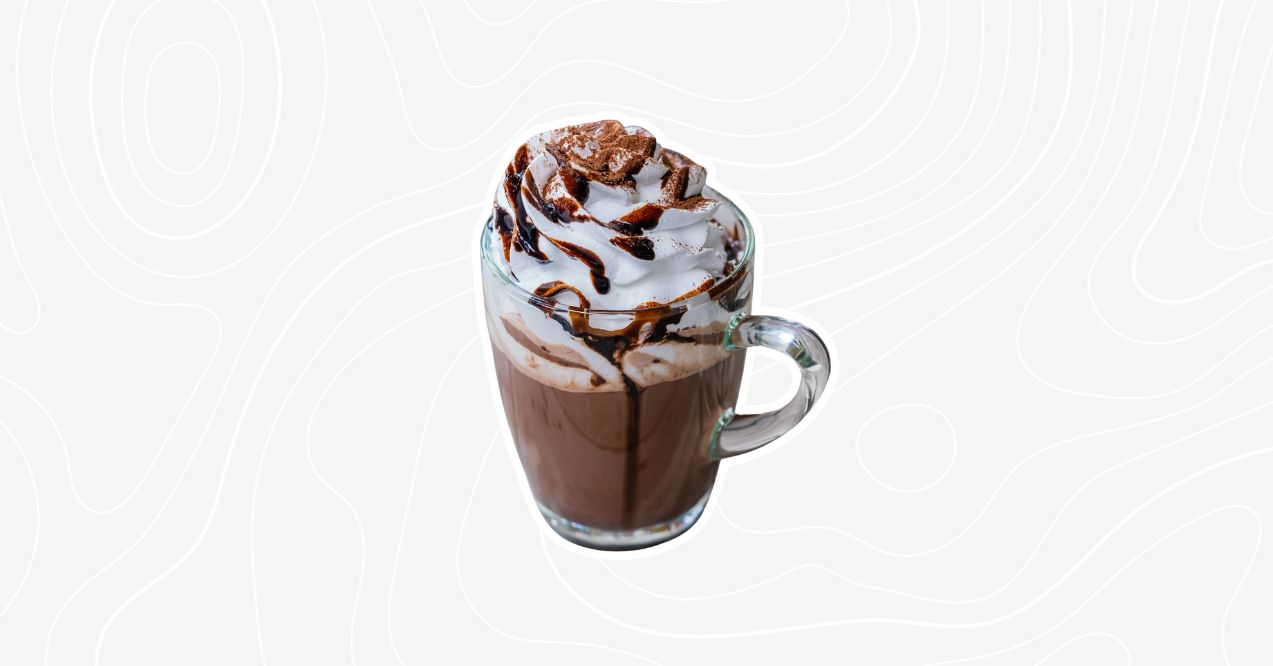
Ingredients
- 240 ml (8 oz) hot brewed mushroom coffee
- 200 ml (6.8 oz) heavy cream
- 1 tablespoon (15 ml) maple syrup or honey
- 1/2 teaspoon (2 ml) vanilla extract
- A drizzle of chocolate or caramel syrup (optional)
Directions
- Prepare your hot mushroom coffee.
- Set aside to cool slightly. In a mixing bowl, whip the heavy cream until soft peaks form.
- Add the maple syrup and vanilla extract to the whipped cream and continue to whip until firm peaks form, creating a frosting-like consistency.
- Fill a mug with the brewed mushroom coffee.
- Spoon or pipe the frosted topping over the coffee.
- If desired, drizzle with chocolate syrup for an artistic finish.
Mushroom Cappuccino
Ingredients
- 150 ml (5 oz) brewed mushroom coffee
- 50 ml (1.7 oz) milk, for frothing
- A pinch of ground cinnamon
- A pinch of ground nutmeg
- 1 star anise for additional spice (optional)
Directions
- Brew a cup of coffee using mushroom coffee
- In a small saucepan or using a milk frother, heat and froth the milk until it’s creamy and has doubled in volume.
- Carefully pour the frothed milk over the mushroom coffee, holding back the foam with a spoon and then spooning it on top to create a cappuccino effect.
- Gently tap the cup on the counter to settle the contents.
- Sprinkle the top with a pinch of cinnamon and nutmeg for a warm, spicy note.
- If you’re using star anise, place it on the saucer as a garnish.
- Serve your Mushroom Cappuccino immediately and enjoy the unique, earthy twist on a classic coffee.
Non-Alcoholic Espresso Martini

Ingredients
- 1 shot (30 ml / 1 oz) freshly brewed espresso
- Vanilla or caramel syrup (to taste)
- Soda water (a splash)
- Ice cubes
Directions
- Brew a shot of espresso and allow it to cool. Alternatively, prepare a cup of mushroom coffee for an extra health kick (optional).
- For an elegant glass decoration, rim the edge of your martini glass with sugar (optional).
- In a shaker, combine the cooled espresso or mushroom coffee with ice.
- Add a splash of vanilla syrup to the shaker for a touch of sweetness.
- Shake the mixture vigorously until well-chilled and frothy.
- Strain the contents into a chilled martini glass.
- Top off your mocktail with a splash of soda water for effervescence.
- Garnish with three coffee beans to serve.
Coffee-Infused Smoothies
Coffee-infused smoothies are the perfect way to combine your morning caffeine boost with a nutrient-packed, refreshing drink. These blends offer a creamy, energizing twist, making them an ideal choice for breakfast or a mid-day pick-me-up.
Mushroom Coffee Smoothie
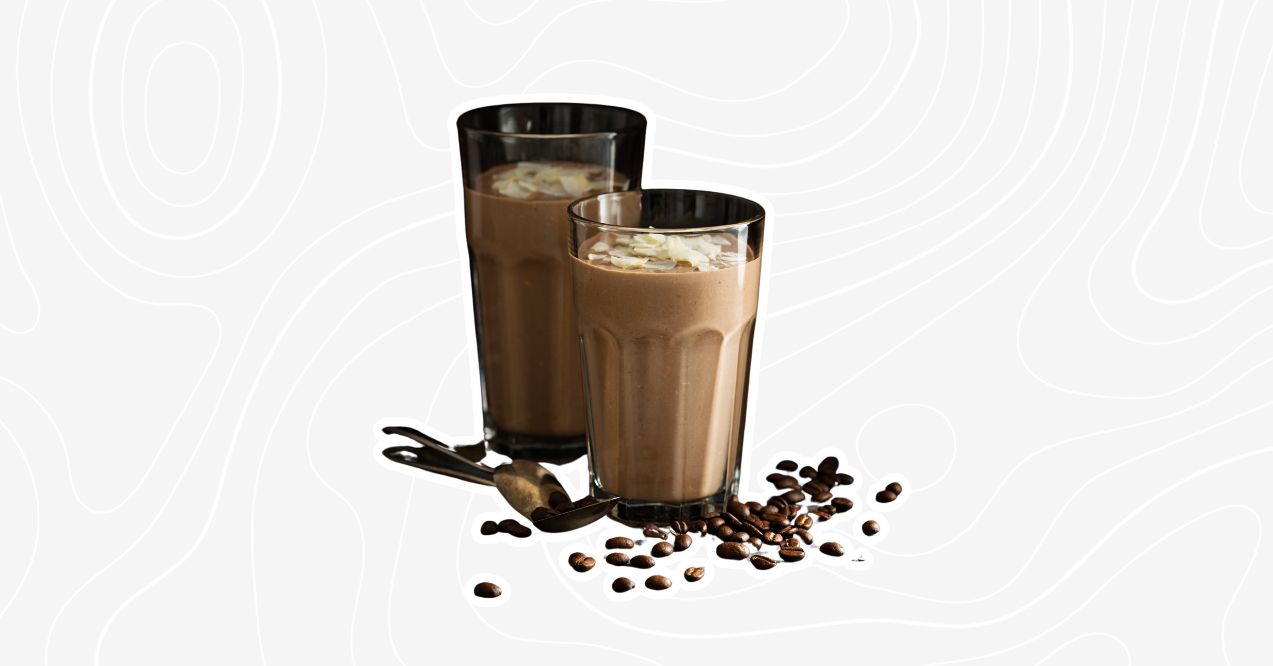
Ingredients
- 1 medium banana (about 120 grams)
- 1 Pack of Trumeta Mushroom Coffee
- 2 tbsp (10 grams) of cacao powder
- 1 tbsp (15 ml) of honey or maple syrup (optional for sweetness)
- 100 ml of almond milk or milk of your choice
- A handful of ice cubes
Toppings
- Sliced banana
- Cacao nibs
- Goji berries
Directions
- Peel and slice the banana. Freeze the slices for at least an hour before use for a thicker smoothie texture.
- In a blender, combine the frozen banana slices, Trumeta Mushroom Coffee powder, cacao powder, and honey or maple syrup if using.
- Add the almond milk and ice cubes. Blend on high until smooth and creamy.
- Pour the smoothie into a glass and garnish with additional banana slices, a sprinkle of cacao nibs, and goji berries.
- Serve immediately with a straw and enjoy!
Banana Coffee Smoothie
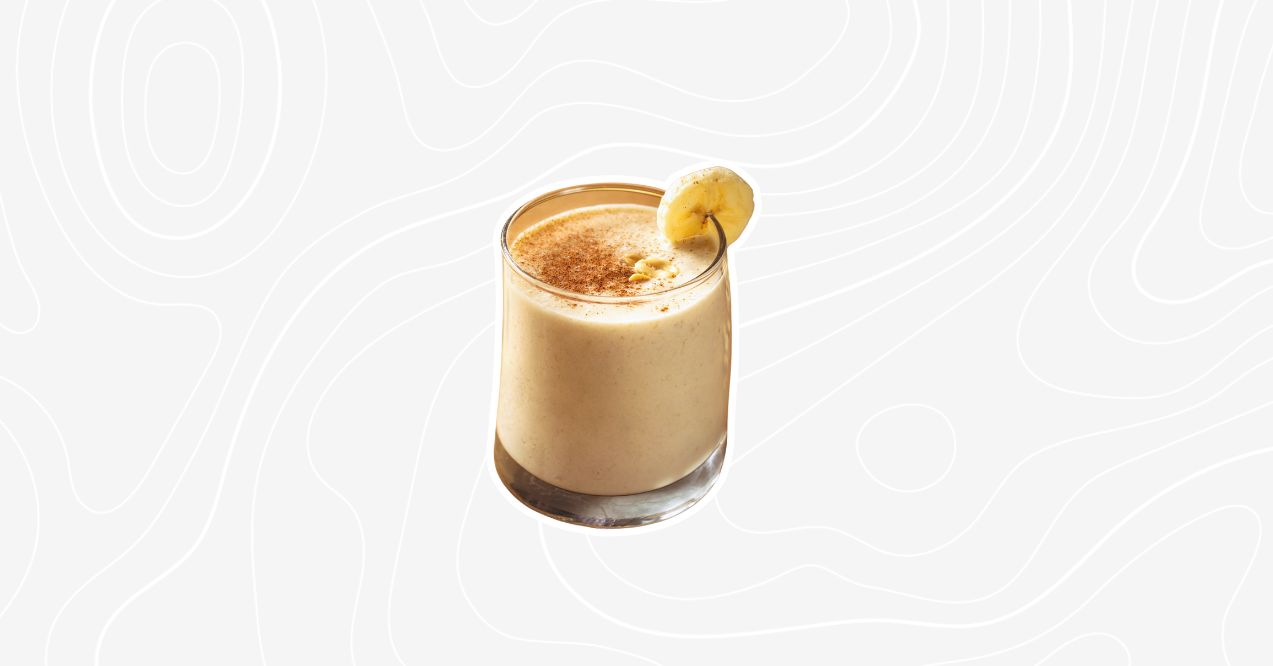
Ingredients
- 240 ml (8 oz) brewed coffee or mushroom coffee, cooled
- 1 large banana, frozen
- 120 ml (4 oz) almond milk or milk of your choice
- 1 tablespoon (15 g) peanut butter
- 1 tablespoon (15 ml) maple syrup or honey (optional, for sweetness)
- 1/2 teaspoon (2 g) ground cinnamon
- Ice cubes (optional for a thicker texture)
- 1 tablespoon (15 g) chia seeds (optional for extra fiber)
Directions
- In a blender, combine the cooled coffee, frozen banana, almond milk, peanut butter, maple syrup, cinnamon, and ice cubes (if using).
- Blend until smooth and creamy.
- Pour into a glass and sprinkle with chia seeds if desired.
- Serve immediately for a refreshing and energizing boost!
How to Make Mushroom Coffee
Creating your own mushroom coffee is a fun and rewarding process. Here’s a step-by-step guide on how to make it:
- Choose Your Coffee – You can use any type of coffee you prefer – ground, instant, or cold brew.
- Add Mushroom Powder – Mushroom powder benefits are numerous. For each cup (240 ml / 8 oz) of coffee, stir in 1 teaspoon (about 2-3 g) of mushroom powder. You can find mushroom powders specifically designed for coffee, or use powdered medicinal mushrooms like Lion’s Mane or Reishi.
- Brew as Usual – If you’re using ground coffee, brew it normally using your coffee maker, French press, or pour-over. For instant coffee, just mix with hot water.
- Sweeten or Enhance (Optional) – You can enhance the flavor with a splash of milk, a drizzle of honey, or spices like cinnamon or vanilla extract.

If you’re short on time or simply prefer a ready-made option, try trumeta mushroom coffee. Designed to enhance focus, boost endurance, and elevate mood, it’s the perfect start to a demanding day. The combination of Cordyceps, Lion’s Mane, and Reishi mushrooms supports immunity and mental clarity while helping to reduce stress and anxiety. This delicious, easy-to-prepare mushroom coffee not only revitalizes your body but also indulges your senses with every sip.
yes, mushroom coffee tastes similar to regular coffee, with a mild, earthy undertone. The mushroom flavor is subtle and often balanced with milk or sweeteners, making it enjoyable for most coffee drinkers.
absolutely! You can use instant coffee or cold brew. Just mix it with hot or cold water, then stir in the mushroom powder for a quick and easy brew.
yes, it’s safe for most people to drink mushroom coffee daily. Adaptogenic mushrooms benefits overall health, but consult a healthcare professional if you have specific concerns.
Advertisement. This site offers health, wellness, fitness and nutritional information and is designed for educational purposes only. You should not rely on this information as a substitute for, nor does it replace, professional medical advice, diagnosis, or treatment. If you have any concerns or questions about your health, you should always consult with a physician or other health-care professional. Do not disregard, avoid or delay obtaining medical or health related advice from your health-care professional because of something you may have read on this site. The use of any information provided on this site is solely at your own risk.


